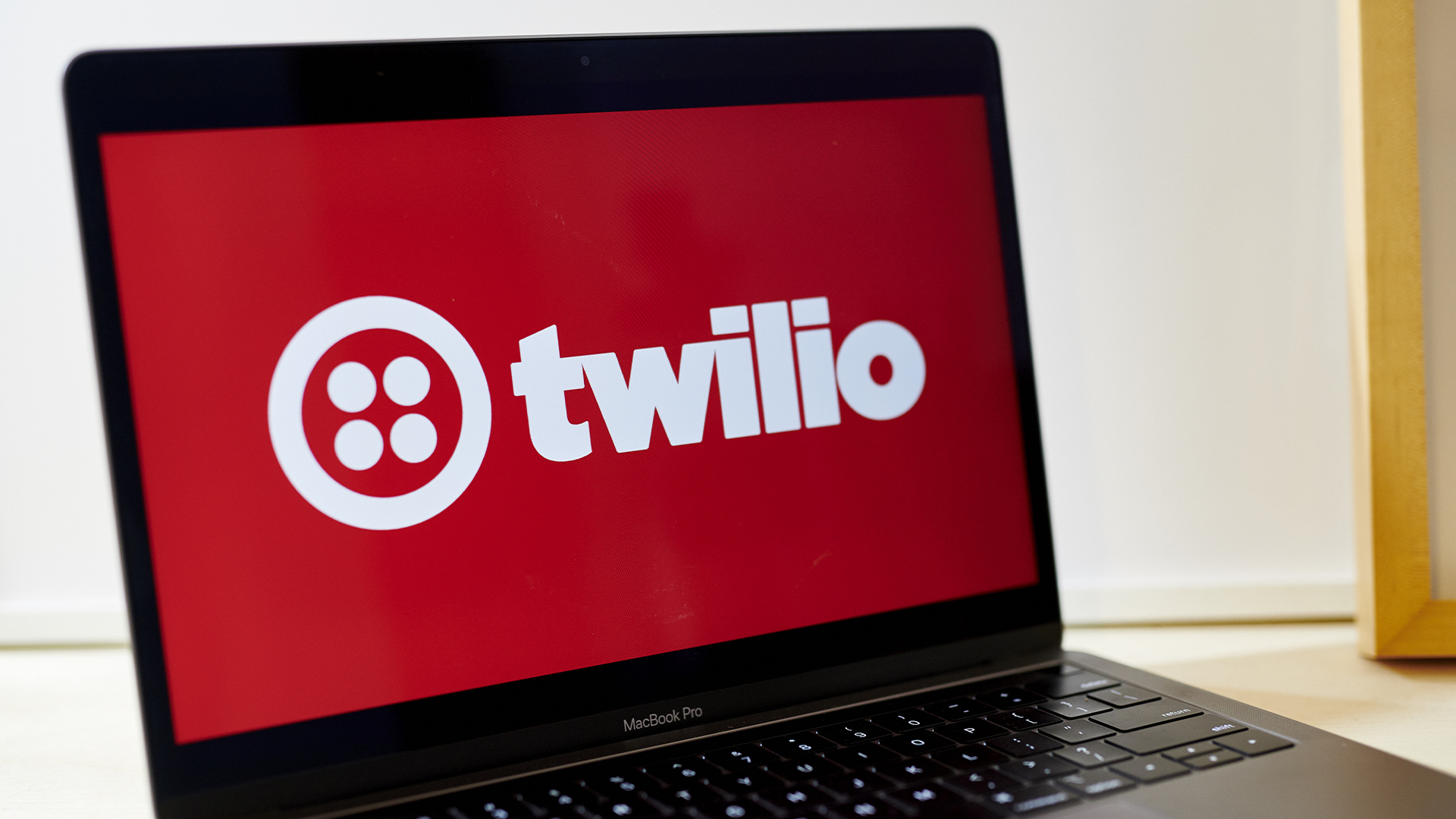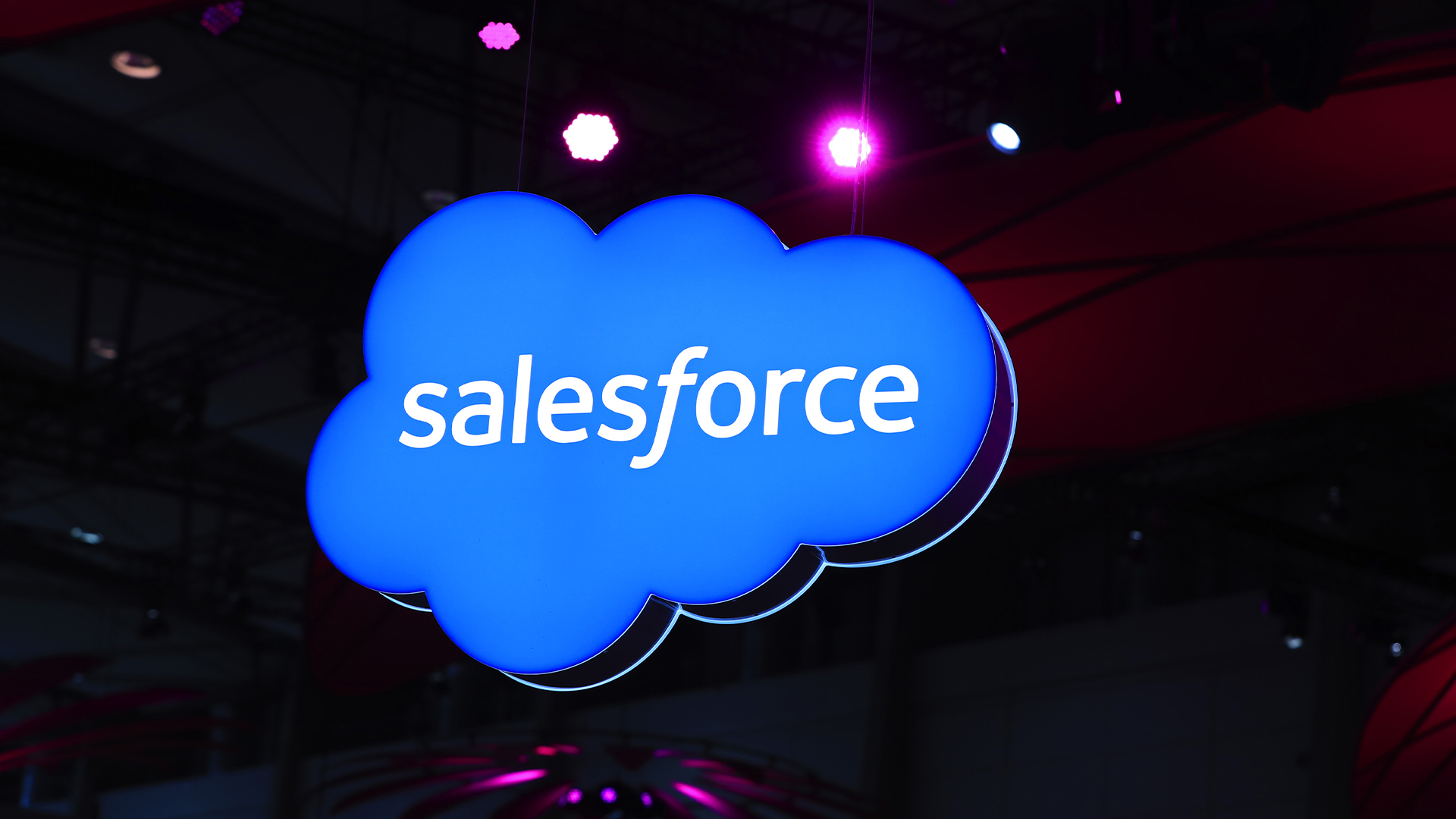EXCLUSIVE: IBM System x3850 M2
Server virtualisation is a hot topic these days and the System x3850 M2 is IBM’s multi-VM capable one-box solution. We see how it stacks up.
The x3850 M2 is a fine example of why server virtualisation is becoming ever more popular. This 4U rack system has enough grunt to handle a large number of VMs enabling you to maximise data centre rack and floor space and increase your server count on demand. The basic ESXi Embedded hypervisor may be short on features but it provides enough to get you out of the starting blocks and does support all VMware’s enterprise level options.

Server virtualisation is enjoying an exponential growth this year and all the key server manufacturers want a piece of the action. None can afford to be left out of this burgeoning market as businesses realise the many benefits that virtualisation has to offer, not just in terms of maximising investment in hardware but also with environmental issues. IBM has seen the light and in an exclusive review we bring you its latest System x3850 M2 offering, which is designed to deliver a complete out-of-the-box solution for server virtualisation.
The x3850 is provided with VMware's ESX 3i Embedded - or ESXi as VMware has recently renamed it as - preinstalled on an internal USB flash memory stick. On power up, the system boots straight into VMware's embedded hypervisor and is managed remotely via the VMware Infrastructure (VI) client. A big advantage of this method is the ESXi hypervisor has had the service console removed and only occupies 32MB of disk space. This does away with any requirement for a standard operating system to act as a platform for the VM software.
Compared with VMware's ESX Server 3.5 Standard and Enterprise, ESXi has a substantially reduced feature set and supports a single virtualisation host. Features you won't see here are VMware's instant server provisioning, VMotion, DRS load balancing or Distributed Power Management. However, ESXi will support all the VMware InfraStructure features that have been purchased separately. It's also worth noting that VMware has now made ESXi freely available but support is an optional extra. IBM advised us that it offers full support for the software which costs 1,239 for a one year contract.
Installation really is as easy as IBM claims. After power up, the server boots the thin hypervisor and presents a basic direct console for initial configuration. All you need do here is set up IP addressing for the management network port and secure administrative access. Next, you install the VI client on your chosen management system and point it at the server's IP address. The client can be installed from the supplied CD-ROM or you can use a web browser session to download it from the server.
The VI client interface is easy enough to use and you can begin by creating pools which contain CPU and memory resources that can be allocated to VMs created within these pools. You'll need to create datastores which use the physical drives on the server to present storage to the VMs. Virtual switches also come into the mix where you assign the physical network ports on the server to them and use these to present VMs to the network.
Now you can move on to creating VMs within a resource pool and this process is handled smoothly by a wizard based routine. You decide how many virtual processors and allocated memory each can have, the datastore and virtual switch they will be assigned to and which OS you plan to install on them. All VMs are configured, controlled and managed from the same interface so it's easy enough to swap from one console to the next. You can see clearly what resources each VM has assigned to it, view a performance graph for each one and take snapshots which act as backups of their environment.
Sign up today and you will receive a free copy of our Future Focus 2025 report - the leading guidance on AI, cybersecurity and other IT challenges as per 700+ senior executives
Dave is an IT consultant and freelance journalist specialising in hands-on reviews of computer networking products covering all market sectors from small businesses to enterprises. Founder of Binary Testing Ltd – the UK’s premier independent network testing laboratory - Dave has over 45 years of experience in the IT industry.
Dave has produced many thousands of in-depth business networking product reviews from his lab which have been reproduced globally. Writing for ITPro and its sister title, PC Pro, he covers all areas of business IT infrastructure, including servers, storage, network security, data protection, cloud, infrastructure and services.
-
 Twilio names Jake Kanter as new vice president of sales for EMEA
Twilio names Jake Kanter as new vice president of sales for EMEANews Kanter will leverage more than a decade’s worth of Twilio leadership experience to spearhead the vendor’s sales operations in the region
By Daniel Todd Published
-
 Salesforce just launched a new catch-all platform to build enterprise AI agents
Salesforce just launched a new catch-all platform to build enterprise AI agentsNews Businesses will be able to build agents within Slack and manage them with natural language
By Rory Bathgate Published
-
 Slack is now the key to Salesforce’s agentic AI plans
Slack is now the key to Salesforce’s agentic AI plansNews Salesforce is bringing more agents into Slack, along with CRM and third-party data
By Rory Bathgate Published
